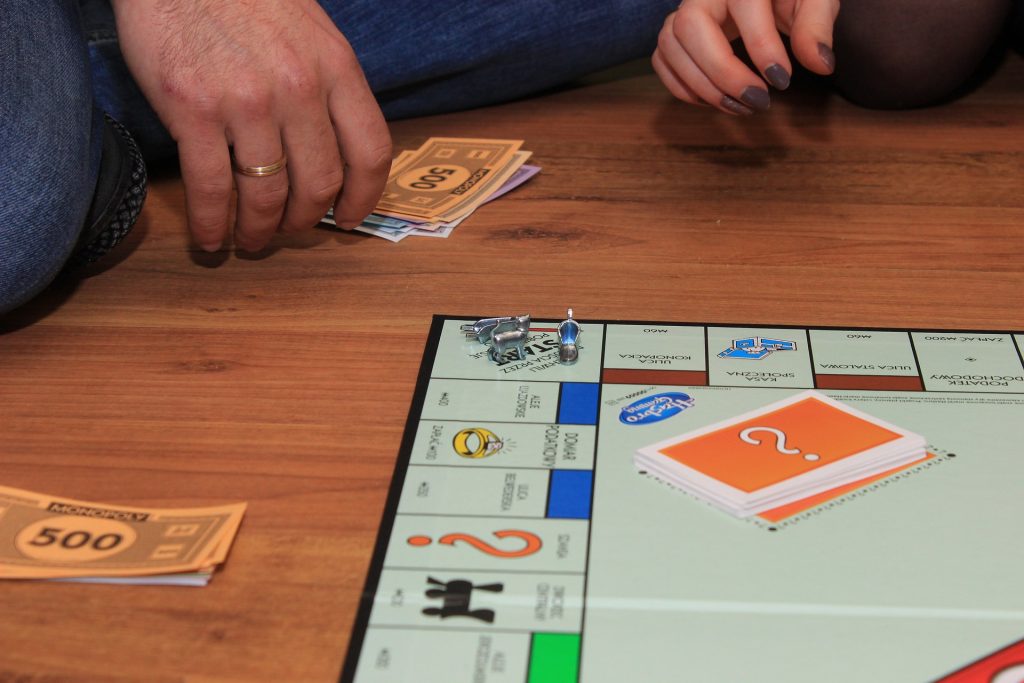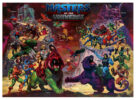A Return to the Classics: What’s Behind the Card and Board Game Resurgence?
Board games have long been a staple of family entertainment with classics like Scrabble, Monopoly and Trivial Pursuit regularly making appearances at dinner parties and throughout festive holidays.
But there’s a small group of independent board games designers who are ushering in a new golden age of board games, which are gaining exposure and popularity thanks to the internet. And where there’s demand, entrepreneurial individuals will always be looking for ways to supply fans with new and inventive games. However, it’s not always straightforward to take a board game from concept to production. This has left many developers to turn to crowdfunding as a way to raise the capital to bring the games to the masses.
Sites like Kickstarter have proven hugely popular for raising money, with the board game niche being one of the most active on the website. In 2016, board games raised six times the amount of money video games did, according to Polygon. In fact, seven of the most funded products on Kickstarter are card, board, or table games. But what’s driving this growth within the traditional games sector? What’s behind the renewed interest in physical dice and card games?
Digital Still Rules, But We Are Bringing Games Back to Basics
We have to remember that overall, digital is still king when it comes to gaming, with the video game industry being worth $99.6bn. And it’s not the older generation, who grew up without constant access to mobiles and tablets, who are powering the board and card game renaissance.
Board games are proving hugely popular with millennials as they provide an alternative way to socialize, as highlighted by CNBC. As the surge in popularity of tabletop games continues, people are finding novel ways to tap into the popularity of games like Pandemic and Catan. With a range of smart devices on the market, many board games and traditional card games have been recreated digitally, allowing gamers to play at their leisure.
On the other hand, there is also a renewed interest in tabletop games’ physical counterparts with gaming cafés springing up in big cities. Digital and classic versions of games aren’t actually in competition with each other. The advantage of online games is that they can offer multiple variants. For instance, online casinos like Betway Casino offer a range of blackjack options. For the casual gamer, there are standard blackjack games, and for those who are looking for a faster-paced game, there are quick-fire multi-hand variants. There’s even live blackjack with a real dealer, for the full authentic experience of playing casino games.
Despite this range of choice and variation with digital blackjack, the traditional game and its companions poker and slots are still very popular in physical casinos, if we are to believe the numbers – the global casino gaming market grew from $99.8 billion to $182.77 billion between 2006 and 2015.
So Why Are Traditional Games Proving Popular?
Many of us rack up a huge amount of screen time on our digital devices throughout the week, using some form of tech in our work lives, and then also in our leisure time. For some people, this is becoming a tech overload, and is giving rise to the ‘digital detox’.
People are wanting to taper down their reliance on tech, allowing their eyes and brains to take a break from screens. Card and board games are perfect for this. They’re also highly social, and are the original multiplayer games, existing for hundreds of years before games consoles came along. Solitaire has been used as a mindful way to pass the time for generations, and bridge and poker are still very popular communal games, and can be played without any tech or gadgets.
Card and board games are also simple and low cost to produce. Take Cards Against Humanity, which is one of the most popular card games of all time, despite being less than a decade old. The game was made possible thanks to $15,570 of funding from Kickstarter, according to Bloomberg. Now, it’s one of the best-selling products of all time in Amazon’s toys and games category, generating millions of dollars’ worth of sales in the process.
Clearly there’s still a big appetite for tabletop and alternative card games. Do you think the new generation of games can compete with the classics? Share the article and get in touch with use through our Facebook page to let us know.





